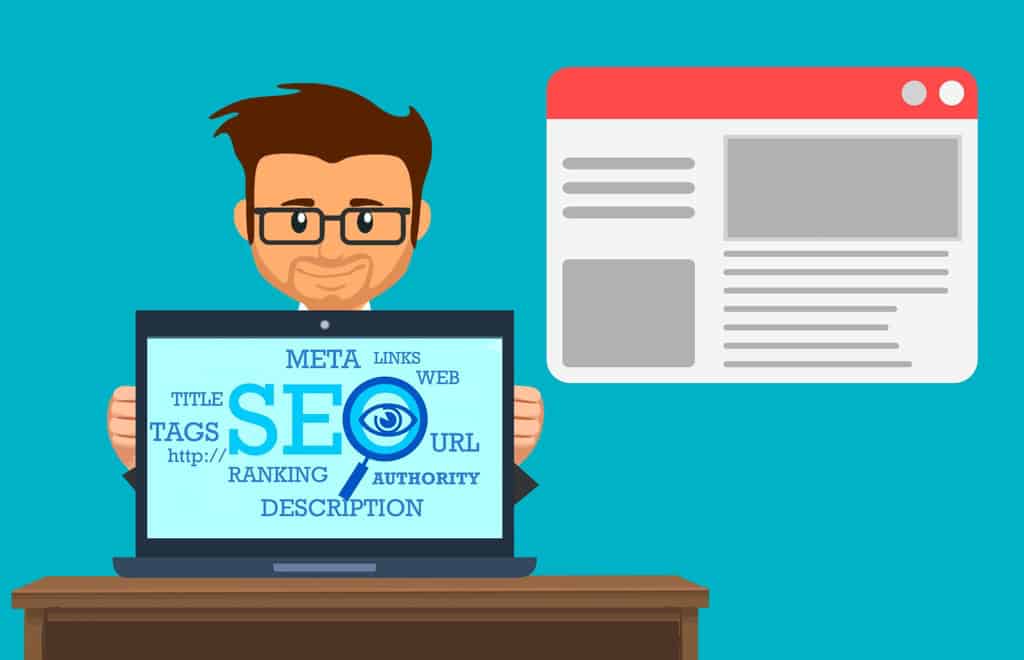When you think about lead generation, what do you picture? Probably a person sitting at a computer, with their finger on the keyboard, typing away. But that’s not how it works. Lead generation isn’t just about getting someone to buy your product or service. It’s about getting them to give you information about themselves that will help you connect with them later on down the line. So how does this work?
Identify Target Market
Once you have a sense of who your potential clients are, it’s time to identify the pain points that they face and the goals they want to achieve.
- What pains do they experience? Are there any specific problems or issues that need solving?
- What does success look like for them? If you can help them reach their goals and improve their lives in some way, why wouldn’t this be worthwhile for them (and therefore worth pursuing)?
What Do They Need?
The first step to lead generation is knowing your audience. The second step is understanding their pain points and finding out what they want. The third step is doing research on the internet, asking them directly and getting to know them better so that you can provide a solution for their problem.
You should do this for every client who comes through your door, whether it’s via a cold email or over coffee in person. In addition:
How Will You Reach Them?
The first step to getting more clients is understanding how you will reach them. There are three main channels for lead generation: social media, email marketing and direct mail. Each of these channels has its own strengths and weaknesses that should be considered when deciding which one works best for your business.
- Social media: A great way to attract new leads because it allows you to reach people who are already familiar with your brand through their friends/followers on social media (and might not even realize they need help). However, if you don’t have any followers or friends then this could be a waste of time as well.
- Email marketing: This method involves sending targeted emails directly from your company or website where they’ll receive an offer for services like consulting sessions or demonstrations during events like conferences/trade shows etcetera.
What Channels Are They On?
You can use social media to find potential clients.
Social media is a great way to find new leads, and it’s also an effective platform for engaging with current customers. Social media gives you the opportunity to build trust with your audience by sharing valuable information about what makes your business unique and interesting at a glance—and then showing off how you’re delivering on that promise through your products or services. That’s why it’s so important that you’re active on social channels like Facebook, Twitter and Instagram.
How Often Should You Post?
How often you post is a personal choice, but it’s important to consider how your audience will react to the frequency of your content. If you are posting too frequently, they may get annoyed by seeing the same thing over and over again. On the other hand, if you don’t post enough and leave them wanting more, they may feel like their time has been wasted or that there’s something wrong with them (in which case they will probably unsubscribe).
To strike this balance between frequency and quality in lead generation strategy—and thus get the most out of each post—you need to test different frequencies for different channels.
For instance, a Facebook group might be best suited for posting one article per week rather than daily; however, if someone else is already doing something similar on Instagram then perhaps no one else needs such constant updates from yours.

Use Social Media
Social media is a great way to get your business exposure and make new connections. But it’s not just about promoting yourself—it’s about sharing useful content that will help others, too.
When you post on social media, think about what types of posts are best for each platform: Instagram, Pinterest and Facebook all have different audiences and needs. For example, if you want people to follow you on Twitter but don’t want them scrolling through hundreds of other accounts before finding yours (and therefore clicking over), then posting more frequent updates might be helpful.
Social media isn’t just about posting promotional material; it should be used as an opportunity for engagement between businesses/people in different fields or industries. If your followers see someone else using hashtags consistently throughout their posts (such as #socialmedia), they’ll start doing so too because they know it’s relevant content—and this can lead them down a path towards buying something from your website/retail store,
How Will You Engage With Them?
Lead generation is a good way to get new clients, but it’s also an important part of your overall marketing strategy. You need a way to engage with them—and not just once or twice, but repeatedly as well.
Social media is one way that you can do this: If someone has signed up for your mailing list, chances are they’ll want more from you than just information about what kind of products or services they can buy from you. By engaging with them on social media platforms like Facebook and Instagram (and even LinkedIn), you’re making sure that the lead gets engaged in conversations about how great their experience will be when using whatever product or service it was that got them interested in purchasing from start-up #1 Incorporated LLC (which might still be under construction).
You could also use email marketing software such as MailChimp or AWeber; both offer free plans so there’s no reason why anyone shouldn’t give them a try.
Ask for Referrals from Current Clients
The best way to get more clients is by asking for referrals. It’s easy and it works. This is an excellent way of gaining trust and building relationships with potential new customers who are already familiar with your product or service. You can also use this technique when talking about past customers who have used your services in the past but haven’t been able to find what they needed from other companies before coming back again because they didn’t know where else could offer those services in addition to yours (or vice versa).
Follow-up
Follow up with your leads to keep the conversation going. Don’t be too pushy or passive, but don’t let it go cold either. The right balance is hard to find, but it’s important that you maintain some level of interest in your lead while they are still interested in buying from you.
Don’t just send them another email when they have asked for information or made a purchase—you should also use social media and other channels as part of your strategy for keeping in touch with customers who have bought from you before and could be potential new clients down the road.
Bottom Line
Lead generation is an essential part of any business, and it can be challenging to find the right strategy. The tips provided here will help you get started with lead generation, but don’t forget that this process is going to take some time and practice before you start seeing results. However, if you stick with it, lead generation should be one of the most rewarding aspects of your business—so get out there and start generating leads.
The post <strong>How to Get More Clients with Lead Generation</strong> appeared first on Creativ Digital.
from Creativ Digital https://ift.tt/TBkwqzn




